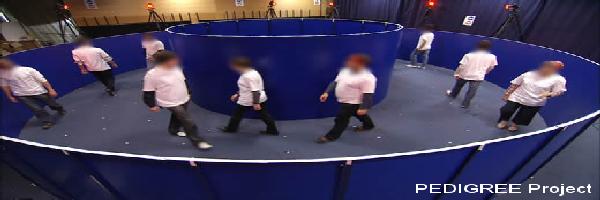QCD in the infrared
The Lattice QCD team has led a high-statistics study to check the scale dependence of the strong coupling constant, on one hand from the three-gluon vertex, on the other hand directly from the gluon propagator. They showed the existence of a gluon condensate that can be interpreted in terms of instantons, in order to describe the coupling constant in both infrared and ultraviolet domains. They showed how these results on lattice QCD allowed one to constrain the solutions to Schwinger-Dyson coupled equations in the deep infrared region. Contrary to the common lore, they predicted that the dressing function of the ghosts tends to a non-vaninshing constant at vanishing momentum, and that the gluon propagator is very slightly divergent in the same regime. This work led to a PhD and a series of publications.
Heavy quarks
In collaboration with members of the University of Roma, some aspects of heavy quark physics have been studied.
A thorough study of the B-B^*-\pi coupling (in the static approximation) and the D-D^*-\pi coupling has been perfomed to decide among the available theoretical estimates. Moreover, the various semileptonic and rare decay modes of heavy-light mesons have been studied systematically : a method has been proposed to measure the form factors for a B decaying into D excited states, and some exploratory simulations have been performed.
European twisted mass collaboration (ETMC)
The team takes part in this collaboration, which is a joint effort to compute gauge configurations with dynamical quarks with a twisted Wilson action.
Lattice Yuakawa theory
This activity is done at LPSC (Grenoble). It consists in applying lattice field theory to nuclear theories of boson exchanges between nucleons.



